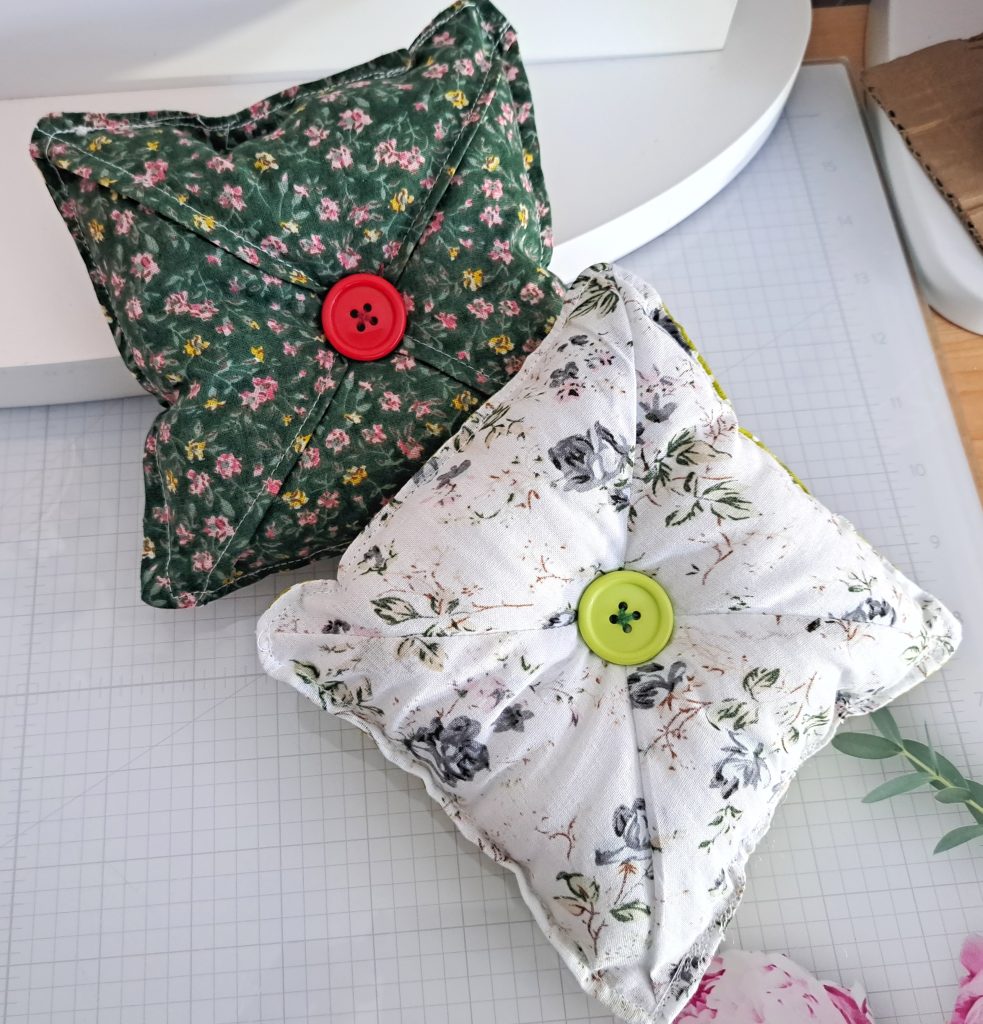Hi friends, In part 1 of this series, I talked about how to get those ideas we have to paper. In this post, we’ll take those ideas off paper and begin implementing them. There will be tips for doing this, but the best piece of advice I can give is be committed and diligent so that you can turn your ideas into reality.
First Tip: Use a Planner.
I mentioned in Part 1 that my Happy Planner is an asset to me because it helps me stay on track with every project. I definitely recommend one with dividers so that you can have each idea in its own section. Or you can purchase tabs for your planner.
I divided mine into 4 sections and I also purchased some note pages an insert, but the problem was I kept running out and had to purchase more. So, I got smart! I purchased The Happy Planner 9-disc hole puncher and I had a tablet with the lines so I can punch as many sheets of paper as I need to fit my planner.
Second tip: Give yourself realistic deadlines.
No idea comes with only a part A. Mosttimes, it take several steps to complete a project before it’s really ready to roll out. So, look at your schedule and plan your projects accordingly. This way you don’t burn out.
Keep a to-do list in your planner and when you accomplish a deadline, check it off and give yourself a little reward as an incentive. This always encourages me to stay in the game and meet my deadlines. Different points I write down are:
- Shopping list. A project more than likely will need supplies so creating a budget will be essential. In your shopping list, outline the costs and even where to buy your items. I also include a timeline for when I plan to buy each item. I would keep a running total of my purchases to help me stay within my budget. We’ll talk more this the 6th tip.
- Instructions. Are there specific steps that need to be completed either before or during the project? Write those instructions down in your journal.
- Notes. This is important if you run into any issues that you don’t want to forget. Add a section for notes as a reminder.
Third tip: Manage your time wisely.
Give yourself so many hours a day to devote to your project and no matter where you are when the times run out, take a break and move onto something else. There are times where I was so involved with what I was doing that it took over my schedule.
Fourth tip: Don’t forget to eat.
This might seem obvious, but believe me it is important to mention. Get your three meals a day and snack in between.
Fifth tip: Pick the right Team.
When your idea involves working with others, it’s important to choose the right team members. I recommend that you start by writing down the requirements and effectively communicating them to each potential team player. Once you have assigned specific tasks to your team members, make sure each individual is accountable for their role in the project, but refrain from micromanaging. Organize regular meetings or conference calls to keep everyone updated throughout the process.
In the process of selecting your team, first outline the tasks that need to be completed. Then, delegate those tasks to individuals who have the necessary skills to carry them out. For example, if you need someone to negotiate terms and provide bids, assign that task to the person who is an excellent negotiator and feels comfortable interacting with others.
Sixth tip: Cost.
During the planning phase, you likely had to think about whether there would be any costs involved and, if so, how much they would be. In your planner, jot down your budget estimates and break down each expense. Incorporate these into your to-do list along with their deadlines. For instance, if you need to buy 10 computer arm rests for your team within two weeks, first obtain a price for them, then add that item to your budget with the due date.
I suggest trying to buy as much as possible before the project kicks off. Additionally, if you’re planning to spend a significant amount, make sure to do some comparison shopping before making a final decision.
Remember that your budget will likely be based on estimates, so you may need to adjust it frequently to stay on track. Finding the right vendor(s) is just as crucial as assembling the right team members. Also, when making purchases, consider checking out your local thrift store. In our town, there are several thrift shops and sometimes I strike gold on a good day, allowing me to buy items at a fraction of the retail price or what I’d find on Amazon.
Seventh tip: Don’t be Afraid to Ask for help.
Don’t try to manage everything on your own. If you hit a roadblock and require guidance, don’t hesitate to ask for help. You might be surprised by the ideas and suggestions you receive that you hadn’t considered.
Additionally, you can assign specific tasks to your team or hire outside help if you’re working independently. This can be particularly beneficial if you’re short on time or if someone else possesses a greater skill in that area. I’ve always thought that if someone excels at a task more than I do, it’s wise to let them take the lead.
Summing it Up
These tips are designed to guide you in turning your dreams from concepts into reality. There’s no greater joy than seeing a successful project that started as an idea come to life. This feeling of accomplishment will surely elevate your confidence as a creator, business owner, artisan, crafter, or DIYer! Wishing you much success and thank you for Reading!
Here’s a few links from this post to shop!
Some of the links to the products I used are affiliate links which means that when you shop with them, I’ll receive a small commission at no extra cost to you. Your support helps me run my small crafty business. Thank you so much!

- Shop for The Happy Planner – AZ or The Happy Planner site here
- 9-disc Happy Planner hole puncher
- 9-disc Dividers for Happy Planner















